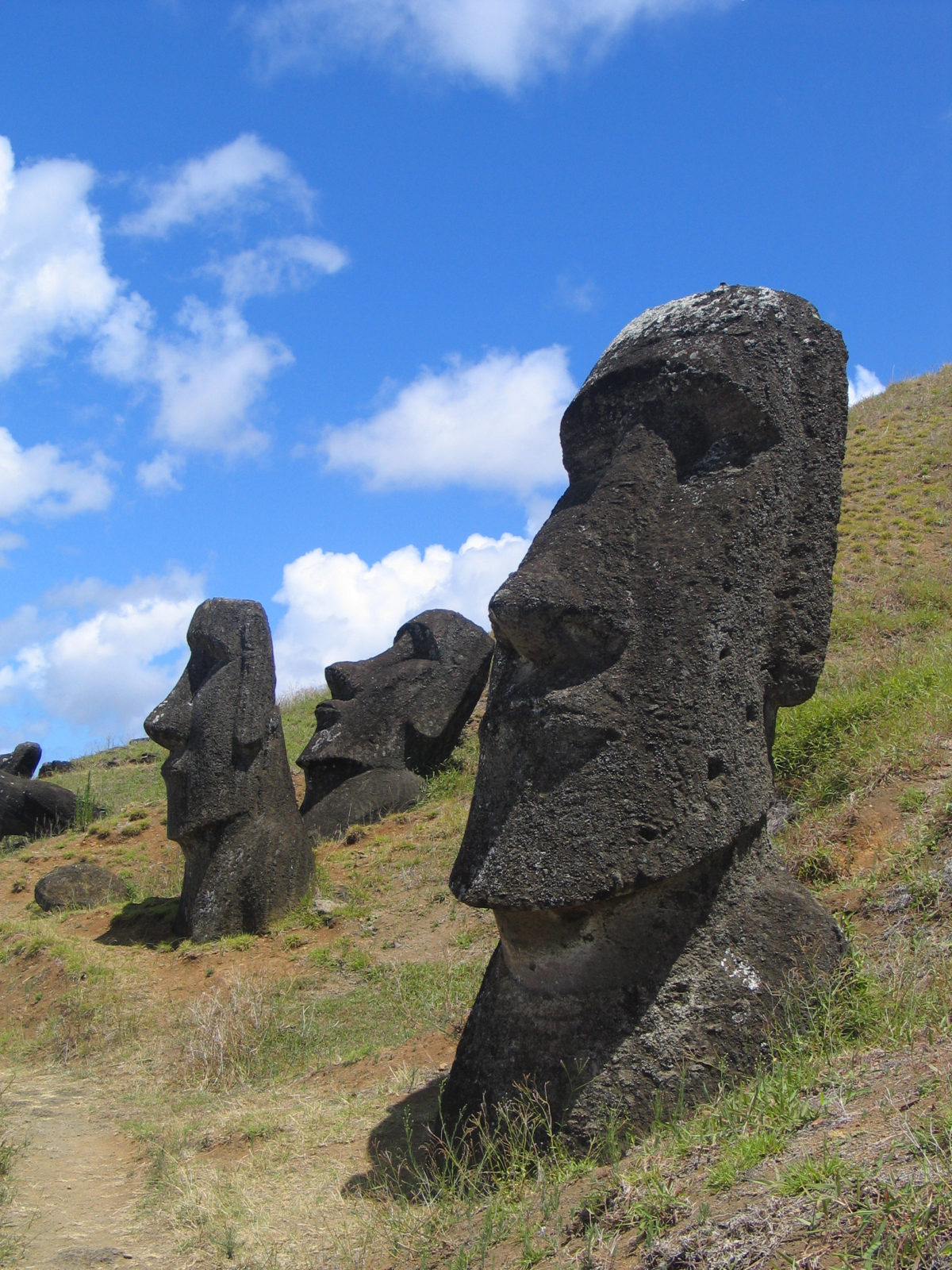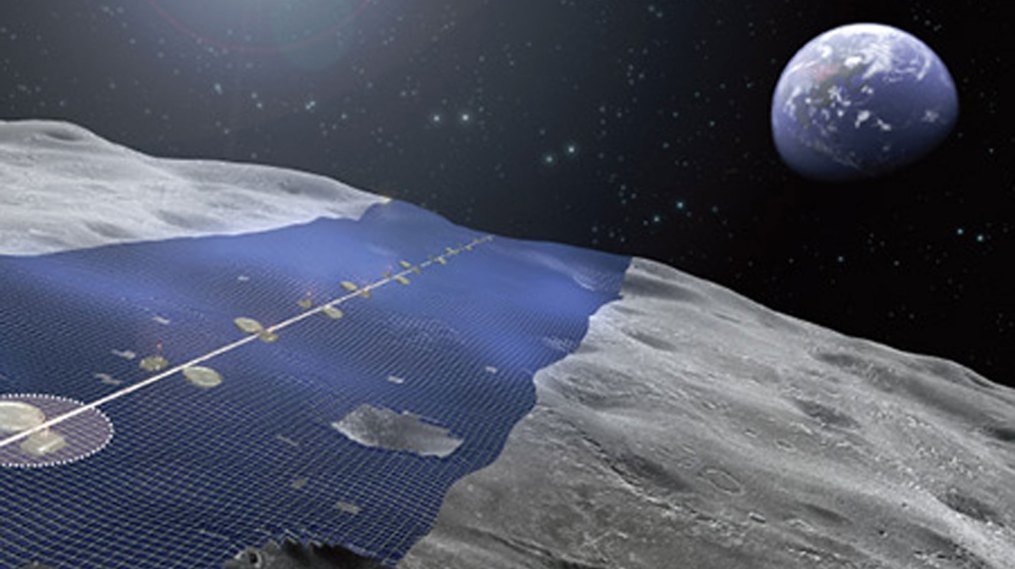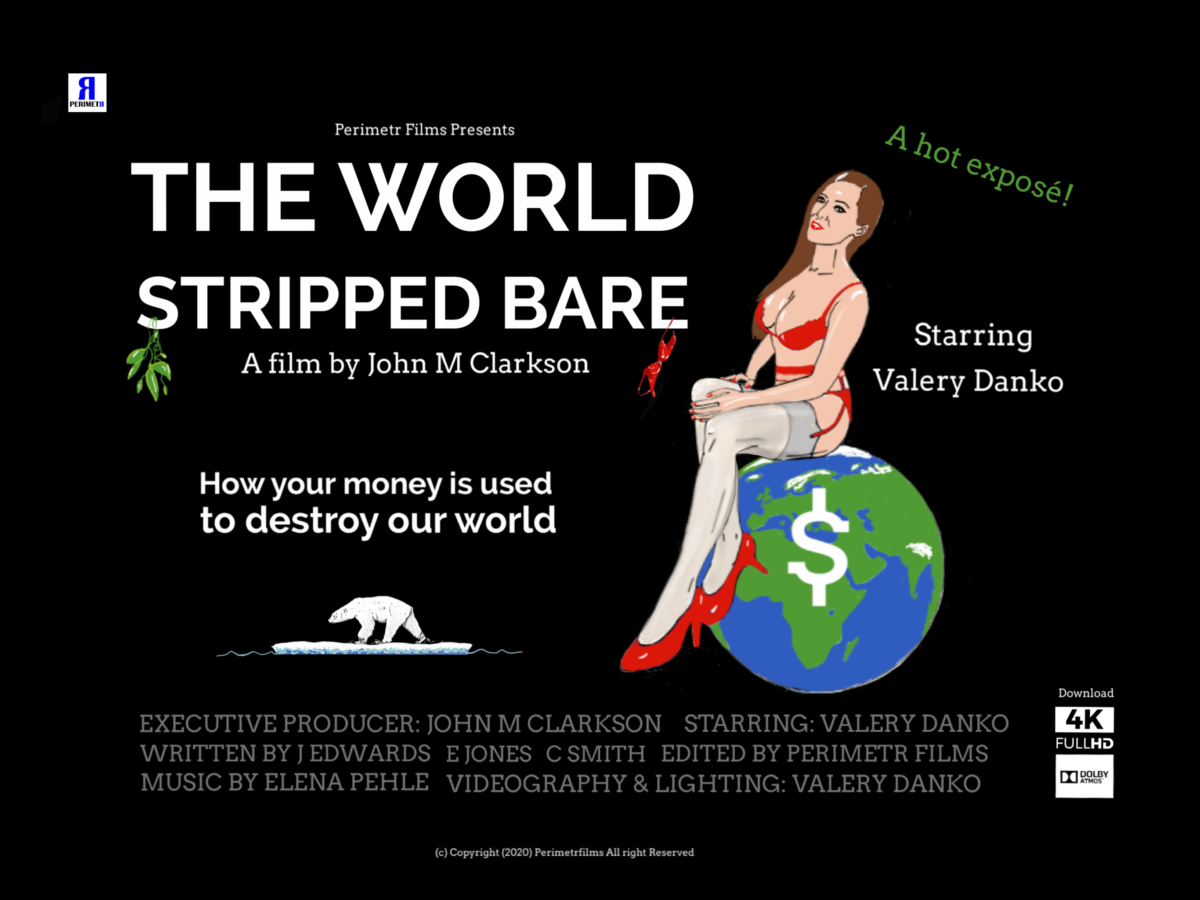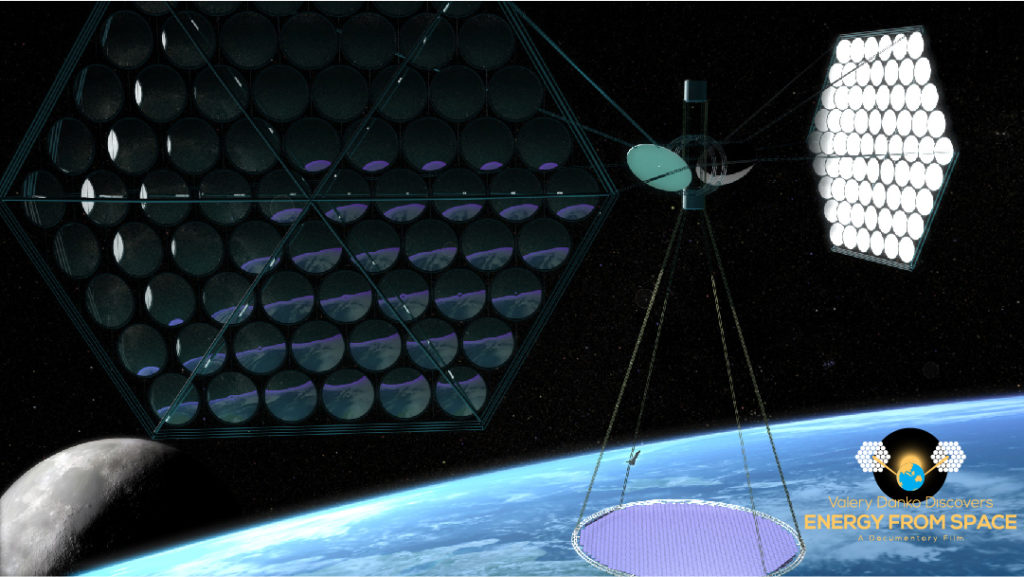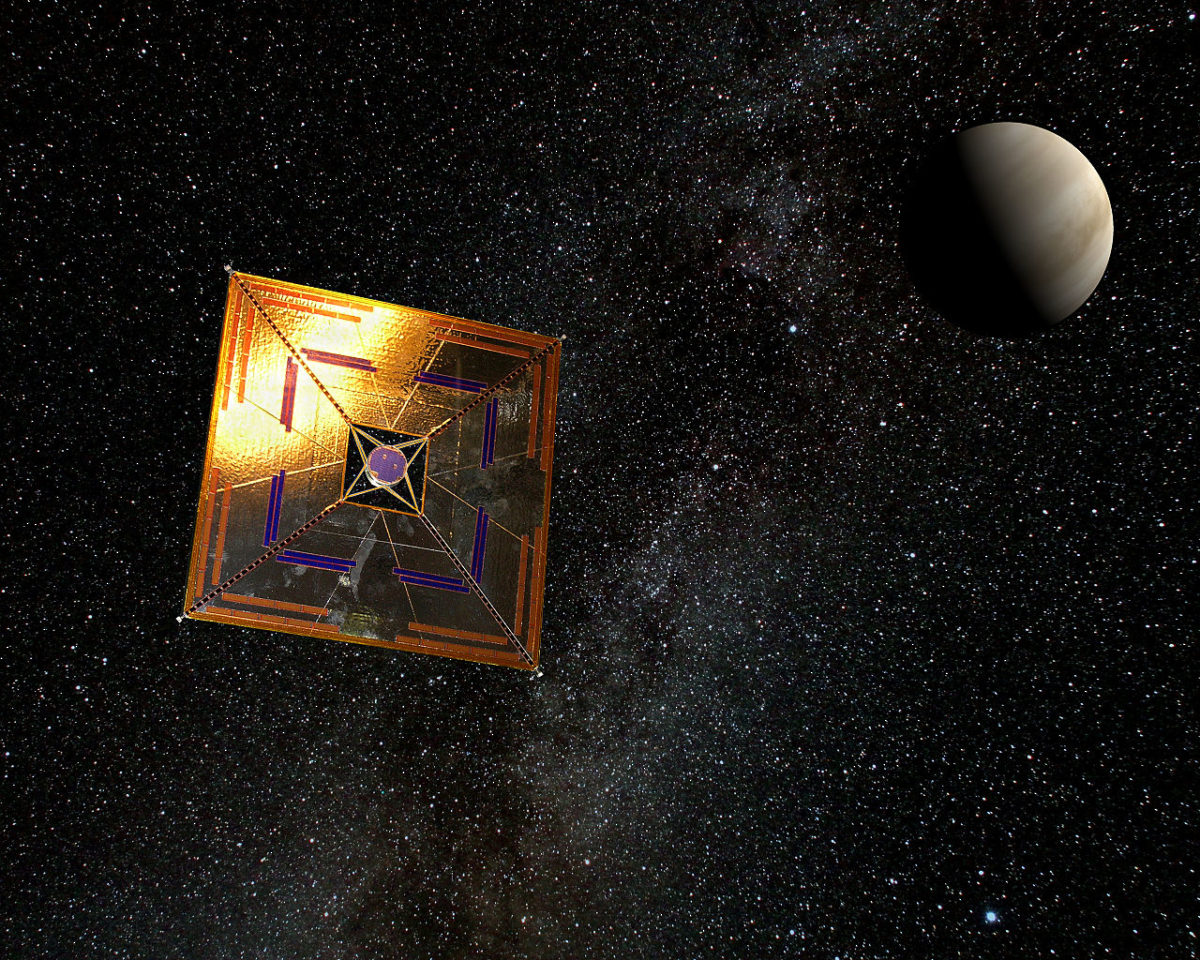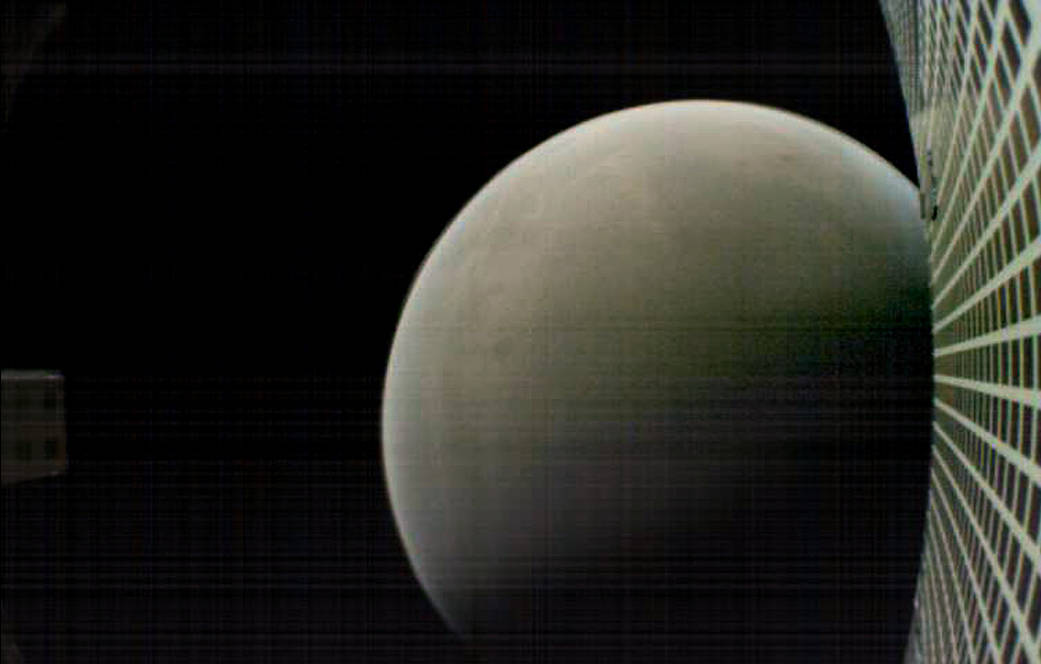Reaching out to change our world
The Wrong Path
Politicians are driving us down the wrong path. It’s a path that is totally unsustsainable. It’s a path that will ultimately fail. When it does, it will be catastrophic for the global economy and wildernesses that still remain, scarred by mankind but largely intact. It’s a path driven by greed. It’s a path that the climate change scientists never advocated. What is this path? It’s turning from fossil fuel to metallic fuels such as lithium, cobalt and nickel!
The Earth simply doesn’t have those kinds of metals in sufficient concentrations to meet the demand. Not that battery technology can solve climate change anyway! Batteries are merely carriers of energy as anyone whose done my courses would know. (Refer www.futureofenergycollege.com) As such they can store electrical energy (another carrier of energy) from sources made by fossil fuels, nuclear power or renewable energy sources such as hydro, wind, solar or geothermal etc., etc.. Batteries are merely being developed to combat localised air pollution because the chemicals that are used to make them, as Vaclav Smil points out, when mined, add up to as much CO2 emissions as the entire lifepan of the vehicles they inhabit! In other words you might as well have stuck to fossil fuels. Even if they are more efficient, the means by which you obtain the final product isn’t net zero, even if the banking community whom fund it want to claim so!
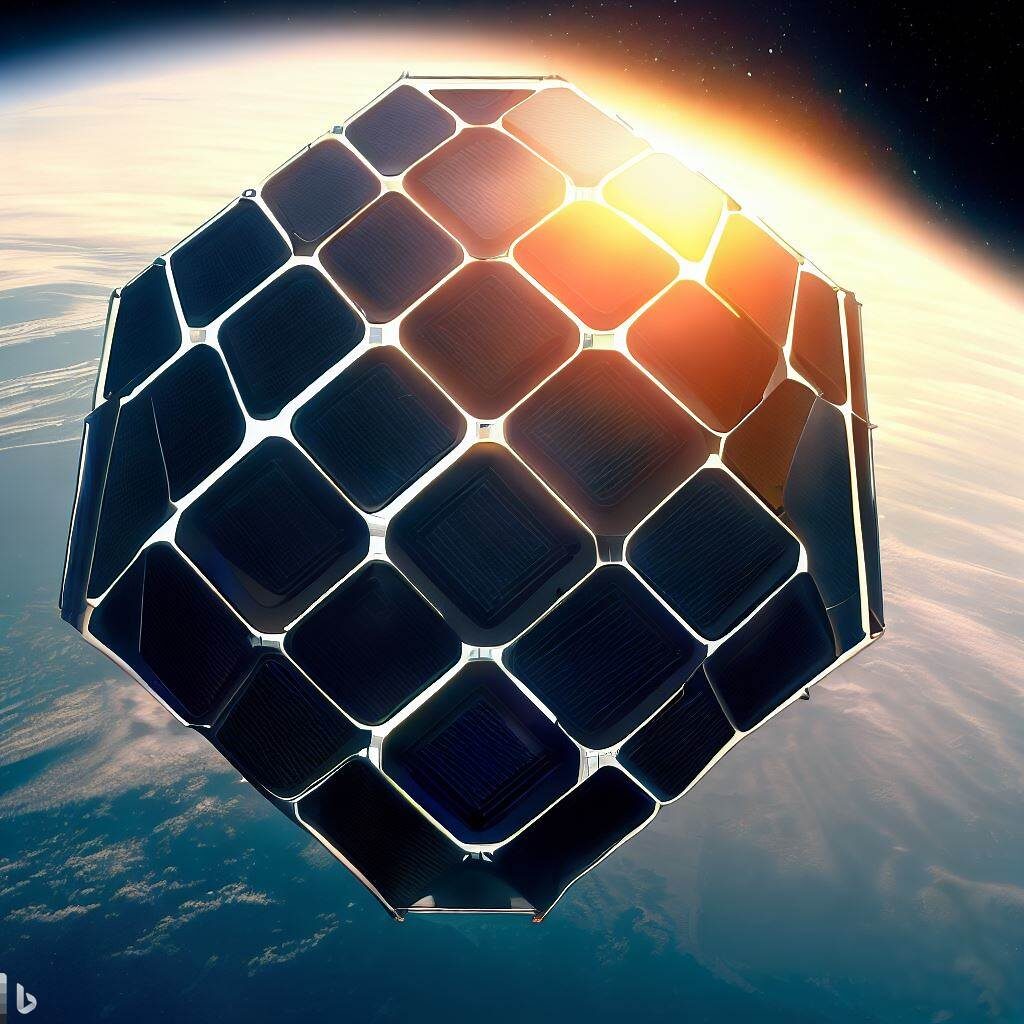
Currently metals needed for this kind of technology come from recycling and mining. The mining investment currently in 2023 is about 3.5% per year. In order to meet the global demand that stupid politicians want we’d need 4000 times this amount up to 7000 times if we were really serious! That’s to replace the entire fossil fuel cars in the world! That’s unlikely to happen. It’s also impossible. There’s simply not enough of these materials in concentrated locations to make it a good venture ecologically.
This is a problem because like all Rare Earth Elements (think Tantalum, Tungsten and Tin) many of these elements used in batteries are not ‘rare’ but spread out. That means miners have to wreck vast amounts of forest to get to them, and do so in a way that makes it inexpensive. The way they do that now is to convert deforested land into poor quality soil, short-term, and grow animal fodder or create animal pasture land. This land is then promoted by the investors as ‘green’ projects, but actually it’s just a rip off. It kills thousands of creatures, destroys unknown fauna and flora that might have been useful once we discovered it, and leads to local inhabitants ending up as prostitutes in local city slums. (Exactly what happens also with fossil fuels in the Niger Delta.) The farming land eventually declines due to the soil not being suitable. At that point they add fertilizers and start sterlising pests around the area. This produces poor quality food with toxic elements!
The ores are also a problem to our health and the environment. To obtain 1 gram of gold we’re digging up 1 tonne of rock. To get 15 kg of copper we’re digging up 1 tonne of rock. And so on… It gets worse with rarer metals such as platinum or tantalum etc. This poor conversion rate from rock (ore) mined to actual metal also has a load of acids and poisons such as cyanides associated with it. If not properly contained these leak in the local environment. Bauxite mines for example that make aluminium create blue baby disease. Many mines in more developed areas can be well monitored. This means higher costs due to regulation. Meanwhile other mines in Africa use slave labour and child labour. They don’t worry about pollution. They often use North Koreans who have escaped to China and sent there as slaves! They are guarded by Wagner Group or Chinese equivalents. The metals they obtain are sent back to China and Russia to help their elites get wealthy and are often turned in to weapons. Some of these will end up in Ukraine and other conflict zones around the world.
The Right Path: Could asteroid mining be the solution?
What if we could harvest all our metals from asteroids? Many fly by, so we could capture them. In the longer term we could travel to the asteroid belt and obtain unlimited resources there! We know they contain lots of materials and they are easier to get at as the gravity is less than a planet. It seems like an ideal solution. However, it’s not that easy!
Barriers to Minnig the Asteroid Belt
There are a number of very problematic barriers to mining asteroids in the asteroid belt. The first one is perhaps the greatest of all problems: gravity. Many writers have concluded that the costs are prohibitive. Space X payload to mars is $5357 USD per kg (2020 prices). Thus a single half-tonne drilling rig cost to Mars (the asteroid belt is further) is the same budget as a small mining company for one year.
Power is another problem. The ISS has 35000 square feet of solar arrays have a power rating of 120 kW. A drill for mining needs a similar sized power plant. There’s less sunlight in the asteroid belt than here around Earth.
Bringing back material is more costly. The Hayabusa2 satellite spent 6 years and $157 million USD recovering 1 gram of material of an asteroid and returning it to earth in 1 month. However this was an expedition and we must keep in mind that it isn’t relevant to our discussion. I mention it to knock out the suggestion that this is a valid argument against asteroid mining. It’s comparing a tomato from Mexico in 1500 with a modern Italian tomato. They’re not the same thing.
Water is needed for mining. The moon has 100 parts per million. This is one quarter lower than the Earth (412 ppm). Copper costs $4500 per metric tonne to refine and has an average ore grade of 6000 ppm. Platinum and gold though are much higher concentrations in asteroids than on Earth. This was found on Psyche16 by albedo measurements. (This is a measure of reflectiveness.)
Capturing Fly-bys
On Earth we can track nearly anything larger than 10 cm. I say nearly because black carbon comets might not be trackable until very late on! However, assuming they are rare, we’ll stick to what we can track. The smallest asteroid we tracked so far I believe is 2015 TC25 which is about 2 metres across. As it gets closer to Earth we obtain better data, and more accurate estimates of its size, shape and orbital path. Orbital parameters that matter in tracking these include: (a) semi major axis diameter (i) plane / inclination and (e) eccentricity. These three: a, i and e help to calcuate the delta V or change in velocity, mass and transportation costs. They include longitude, periapsis, and can help determine the time and date of launch and the burn time. The asteroid mining company will want to encourage a very efficient, low cost launch, to optimise profits by reducing costs! Get it wrong and they chase the asteroid target wasting energy!
Asteroids come in three main types: C – Carbonaceous (clay and water) S – Silicates (silicon like sand) and M – Metals usually heavier ones! Using telescopes it’s possible to find out how reflective they are and use that to determine the type of asteroid. Most are thought to be C-types!
Having done this we now know two things: we know how to intercept the asteroid and what type of mining equipment will be required. This means we can now work on Delta-V. This is determined by the rocket equation but it could equally apply to laser powered sails. Looking at the proximity of NEO and LEO resources and Delta V means that any asteroid mining base needs to placed above 4 km/s according to the Linexus.space blog diagram derived from the JPL and the Union of Concerned Scientists.

See Linexus.space.org
Note this is just an example of where to put your base. It allows you to target many different asteroids and pick them as you go. Each launch will be bespoke to the asteroid targetted.
Let’s not rule out the Asteroid Belt!
Despite all those barriers to the asteroid belt new ways to get to the asteroid belt will reduce the biggest hurdle. That new way will be Directed Energy beams from Space based Solar Power. This is why we need to work hard on this to start with. Then we can send wafer thin prospector robots to the asteroid belt in days and weeks rather than months or years! This is well argued by Professor Lubin at the University of California & Santa Barbara.
This laser sail technology once it becomes technically feasible and relatively easy, would be like the railways were to Great Britain in the 19th century. It would open up the solar system as a new empire! However that empire won’t have humans in it. It will probably have artificial intelligent robots capable of determining what to do and when given their internal programming aims and learned skillset.
Once you have your asteriod you have to work out what you will do to extract and bring the resources back to Earth. The Asteroid Mining Corporation led by Mitch Hunter-Scullion seems to have some of the best ideas so far. This is something we’ll explore in my film STAR GAZER if we can obtain the funding.
Market Reactions & Future speculation
The price of a metal commodity is based on demand and supply. To justify mining any asteroid for any metal a high price of a scarce metal would be best. Investors will invest becasue they know that there’s profits to be made. That will require one decade of high costs at least. That is unheard of currently in the metals industry because of human ingenuity.
Let’s say the price of platinum goes up. People will start to recycle it. This will bring the cost down a bit. Miners on Earth will look for more deposits that were not viable at the lower prices. However, as with any form of mining the biggest problem is the price of energy. If you need to dig deeper, or dig more, and extract and refine poorer quality ore you have to do more work. More work means more energy, more chemicals and thus higher costs. Although we read some analyists saying that the world mines three times more platinum that it did in the early 1970s and the prices haven’t changed much once adjusted for inflation, the fact is that cannot last! It’s simply impossible because oil prices must rise eventually, as will gas prices, not due to war or shortages, but due to ever increasing costs to extract them! Since there’s been no new major finds since 1967 we will hit a plateau where energy return on investment of energy simply prevents us from business as usual. Some people will say but mining isn’t done by oil or gas, it’s often done by electricity. That makes no difference because electricity prices are based on the base load fuel. That is the fuel that we go to mainly for our electricity supply. That is currently mostly gas. If gas prices rise mining costs using electricity will rise. If the energy supplied to the mine comes from oil (as in many African states) the cost is related to oil. If it comes from coal then the cost is related to coal. Coal often is related to oil prices as oil is used in the form of diesel to power much of transportation! Using battery driven vehicles is possible, but less efficient. It’s due to energy density: oil is packed with energy, highly portable and low weight. Batteries are getting better but are good for vehicles but not larger machines. It’s the same problem with powering a large jumbo jet sized aircraft using batteries. You need three times the weight of what the aircraft could carry to get it aloft!
There are of course some happy souls out there that think we’ll all have fusion power soon. Some say we mine Helium-3 on the moon. Whoopie. Where are all these nuclear fusion reactors that are commerically viable? Probably as always another 15 years away. Time waits for no man.
Another view is that once infrastrucutre is set up in space then the prices of asteroid mined metals will be considerably more but we’ll pay a lot less to get into space. This will make the profits higher. I have no idea if this suggestion is even true! What I do know is that costs tend to rise over time and the value of money tends to diminish. Physically though a better argument for asteroid mining is due to the nature of the asteroids themselves.
The advantage of mining asteroids is that they are collections of rocks in many cases that can be gripped by a claw and pulled apart. One can also refine materials such as titanium much easier in space due to the lack of oxygen, and with no associated pollution costs.
One major threat to asteroid mining is that many nations think the seabed is a great source. Look at al those Chinese pop-up artificial islands in the South China Sea. They are military bases but they are also often mining camps that mine the seafloor. Recently though this looks like a quick fire way to kill unknown life on the seabed. Since we don’t know what that life does for the plankton and algae that provide us with oxygen, we are surely bound by the precautionary principle to consider a ban on that activity as soon as possible. All nations must try to protect the seafloor and only use what is viable and safe after sufficient experiment and observation.
Start up costs are going to be very high regardless of flying to the asteroid belt or grabbing onto a fly-by NEO. All corporations have to raise intial funds, so this isn’t a big deal when one places it in context. If one gets a 100 metre asteroid with 5% platinum or gold, then it’s worth trillions or even quadrillions if it is iron.
Often what we predict now never comes true because we don’t have the foresight. For example, let’s take Richard Trevithick in Camborne, Cornwall 1801, who builds a steam engine that has a high pressure boiler and is able to carry two men plus a load up Camborne Hill. This is a remarkable moment in history, often overlooked by the establishment, perhaps because Trevithick was a Cornishman and not a rich man. He was illiterate! Yet he learned about machinery and worked with William Murdoch the engineer who invented a steam carriage and was the first person to light his home by gas! (His house still stands and is never seen by many tourists.) From that humble beginning on Christmas Eve 1801 one could have concluded then that this has no future! I mean it clearly looks expensive to build. It needs loads of coal. What possible benefit would it be? It needed huge amounts of investment!
Trevithick would die a pauper. However, his invention was profound. It built upon the first beam engines. It took that idea and turned it into an automotive – no need for a horse! It is thus the foundation moment of the industrial revolution along with Ironbridge and the mechanisation and programming of looms. There’s no way one could have foreseen this invention changing the world. It even altered how time was measured. In the UK time was standardised due to railway timetables requiring standard time! It changed the amount of time taken to get from A to B. It allowed holiday travel. Food could be transported fresh to cities, changing the way fisheries and farms operated. It opened up a global market via steamships! Asteroid mining might have a similar start because humans tend to repeat their mistakes.
Likewise we cannot have much idea of how asteroid mining and the technology that goes with it will develop. Will asteroid robots travel rapidly to the asteroid belt driven by laser sails via energy from space based solar power and nuclear power on Earth? What will happen as this material enters the market? Will it force the price down? Or will the prices go up (counter-intuitive but a possibility if miners are given subsidies from asteroid mining profits to create sustainable lifestyles.) How will it affect Artificial Intelligence? It’s robots will require to be autonomous due to distances involved! Will conflict over resources break out in space? Will it ever happen? Who are the chief people behind it?
Do you like this topic? Want to know more?
We want to make a film about this and many other ideas I’ve seen here on the Living Universe Foundation. Making movies takes money and assistance.
If you are interested in funding our film about asteroid mining contact me
johnclarkson@perimetrfilms.com
www.perimetrfilms.com


